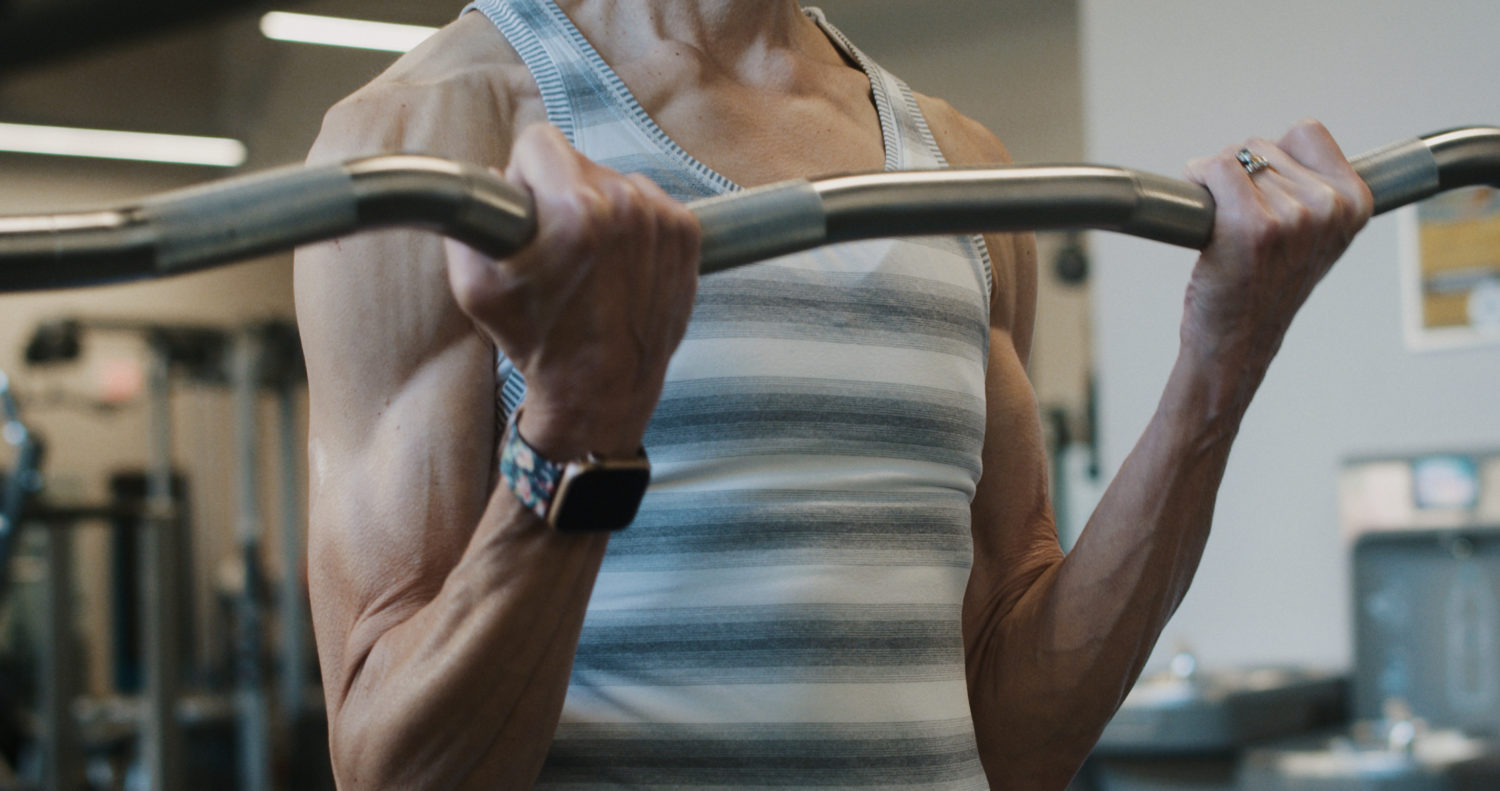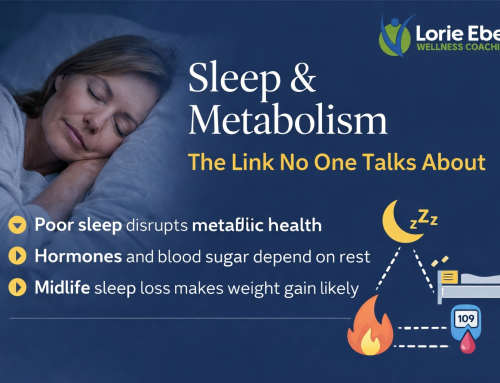The best fitness training methods are not so easy to identify. Just like with diets, there are a seemingly endless array of training methods to choose from. So how do you select the best fitness training methods for you?
Fitness Training Myths
Selecting the best fitness training methods gets confusing because there are a lot of myths about the best workout. Joel Snape, a former editor of Men’s Fitness and the owner of LiveHard website, dispels the most common fitness myths so you can determined that best fitness training methods for you.
The Five Biggest Myths in Fitness
Advice for how to get fit and healthy is often confusing. But there are some simple truths.
With new exercises invented every week, new gurus trending by the day and a fresh study that contradicts all the other ones released every time you think you’re getting the hang of things, it’s easy to think that fitness is confusing – but it isn’t.
The fundamentals stay the same, and the science is pretty well agreed. By simply arming yourself with a few basic facts, you can step into any gym forewarned against whatever fresh nonsense the #fitstagrammers are preaching.
Soreness Is a Sign of a Good Workout
Yes, there’s something masochistically satisfying about limping your way down a flight of stairs the morning after a big legs workout, but delayed onset muscle isn’t actually a convincing indicator of progress. It’s thought to be caused by micro-tears in muscle, and tends to crop up when you do movements you’re not used to, when you deliberately slow down the “eccentric” (or muscle-lengthening) part of whatever move you’re doing (such as the downward bit of a squat) or just do a ridiculous number of reps.
Conversely, then, you can eliminate soreness almost entirely by keeping the reps low, or doing moves that don’t have an eccentric, such as throws and sled pushes. There is such a thing as pain-free progress.
Lifting Heavy Will Make You Bulky
There are two key ways to get stronger: increasing the size of your individual muscle fibers, and recruiting more of them to fire together when you need to use them. The first is what bodybuilders aim to do, but the second is what your body would do automatically if you had to lift a car off a loved one. In sports where excess size is a negative, it is what competitors teach themselves to do. Getting big requires specific, targeted training, including lots of volume and extra calories and protein – and it almost never happens by accident.
Scales are Pointless
This one’s been popularized by modern fitness gurus, who will point out that weight isn’t a true measure of progress, as fluctuations in the amount of water being retained can lead to day-to-day shifts in the numbers, and putting on muscle can lead to the numbers going up while you’re making progress in the right direction.
This doesn’t mean you should toss away your scales entirely. “Yes, you have to understand that short-term fluctuations are inevitable and don’t represent changes in body fat,” says Emma Storey-Gordon, the trainer/owner of ESG Fitness. “But, over time, changes in scale weight are predictive of body fat. Even if you are also building muscle, the rate at which you can lose fat will be much quicker than the rate at which you can build muscle.” Don’t become over reliant on them, but scales can show whether you’re moving in the right direction.
Exercise is Bad for Your Knees
Actually, it’s more like the opposite: properly done squats will strengthen the stabilizer muscles around your knee joints, safeguarding you against injury as well as making you a bit more capable of bounding up escalators.
As for running, a 20-year study conducted by Stanford University found that consistent runners (many of whom were well into their 70s by the time the research period ended) showed a lower incidence of arthritis than non-runners as they aged. It also showed that runners have a lower risk of osteoarthritis and hip replacements, suggesting that pounding pavements isn’t actually as bad for you as advertised.
You Can ‘Spot Reduce’ Fat
While we all lived in the offline wilderness, the myth persisted that you could, for instance, target the fat around your midriff by doing hundreds of sit-ups. That myth has been mostly wiped by the ubiquity of the internet, but replaced by the more subtle half-truth that it’s possible to single out problem areas by thinking hormonally: that since, for instance, the stress hormone cortisol causes belly-fat buildup, a bit more sleep and a few sessions on the Calm app should see your abs emerge. And while this is technically, sort of, true, deliberately messing with your hormones is tougher than advertised and not really advisable. “The truth is, we all have stubborn fat areas that seem to take the longest to get lean,” says Storey-Gordon. “There are various reasons for this – hormones and sex both play a role, for instance. These can’t be easily changed, so you can’t really choose where you lose fat from. Don’t give up, though. Stubborn areas will get leaner alongside everything else. Patience is the key.”
Click here to read full article on fitness myths and best fitness training methods.






